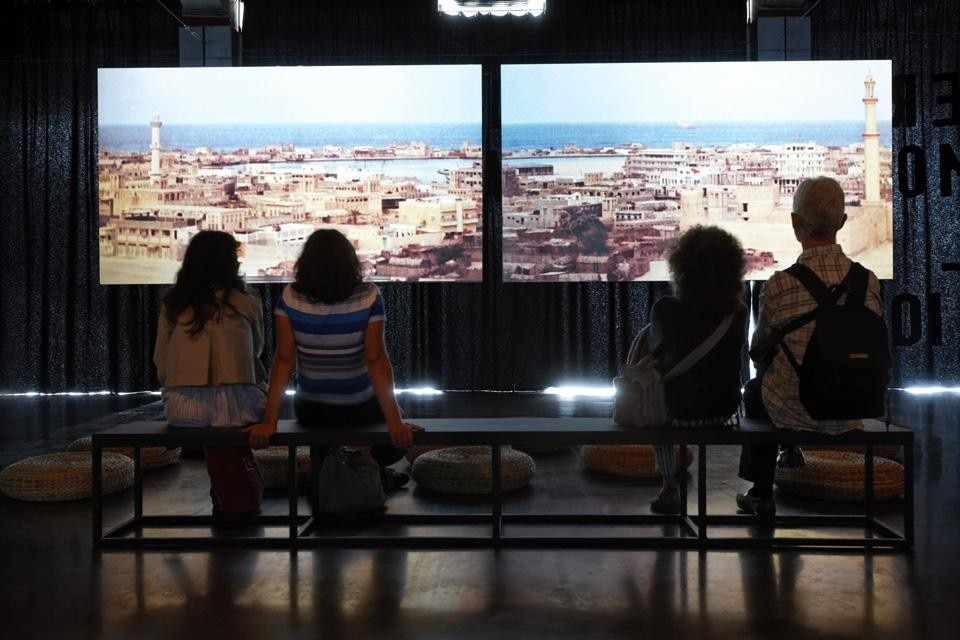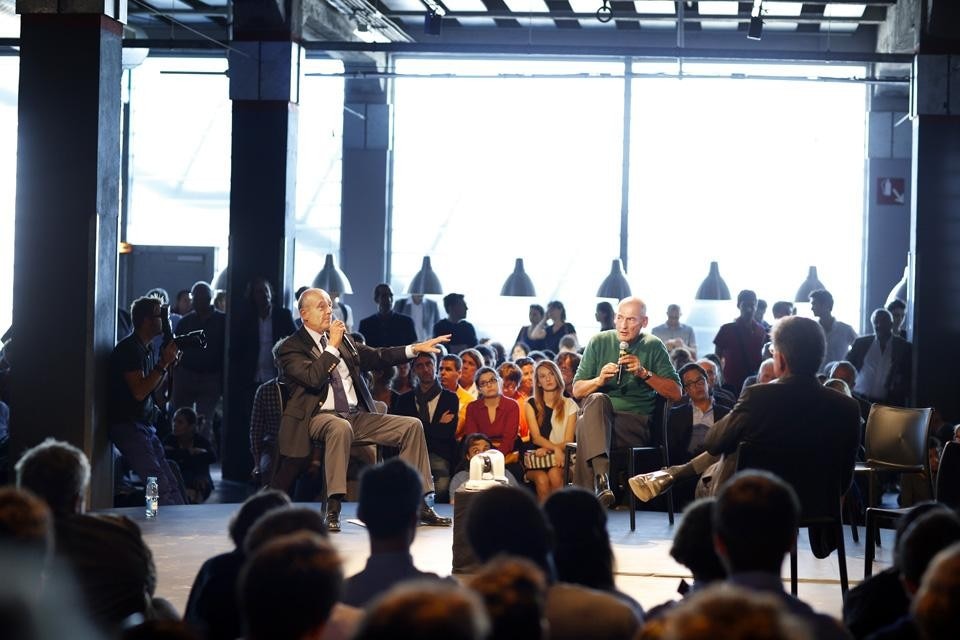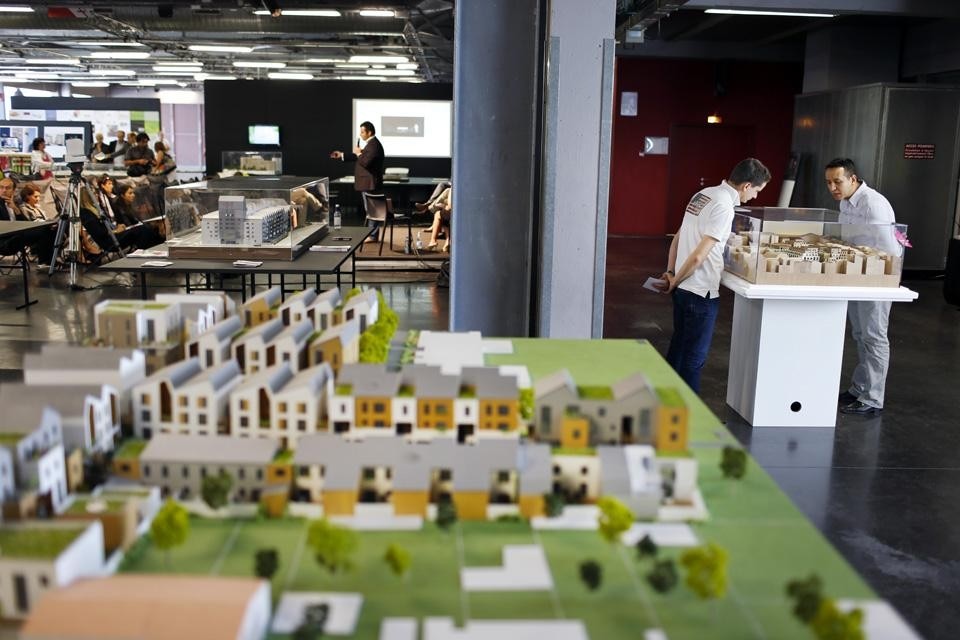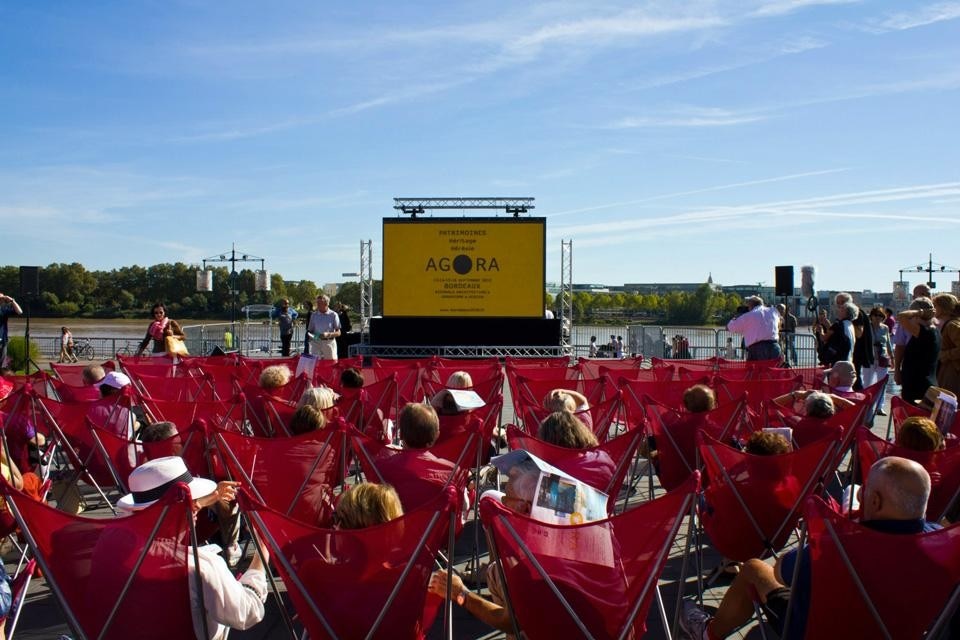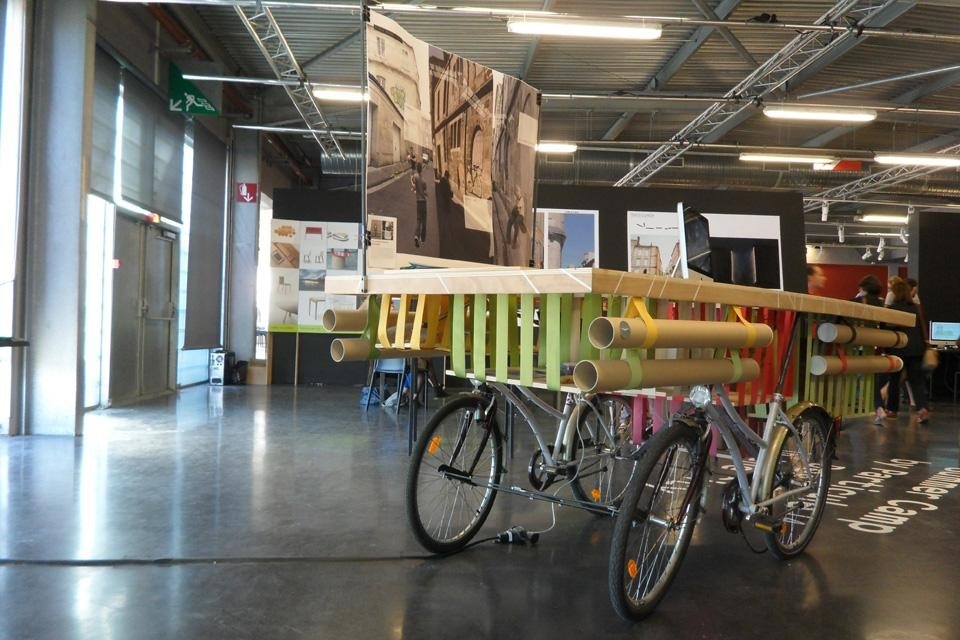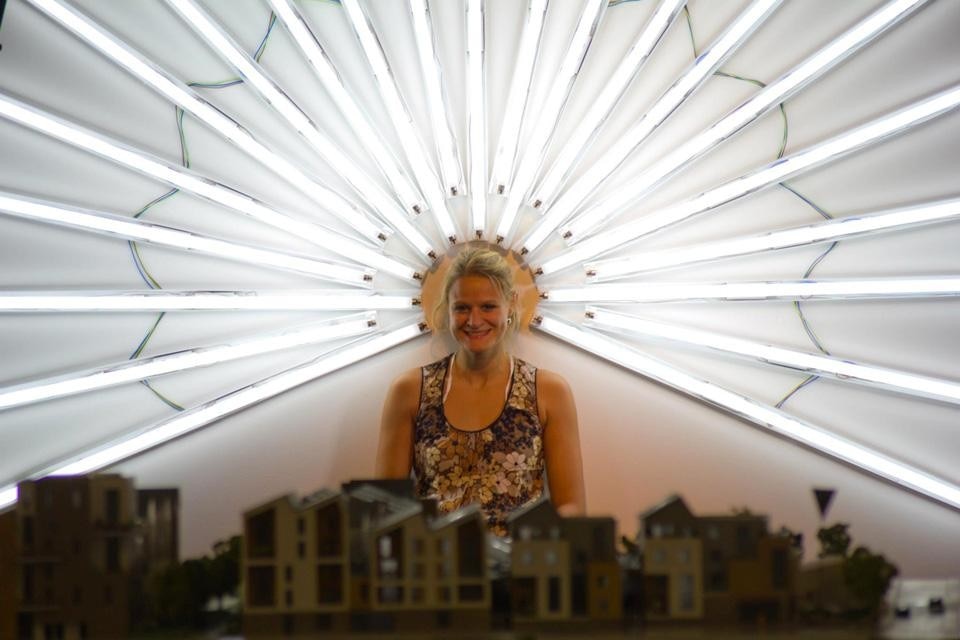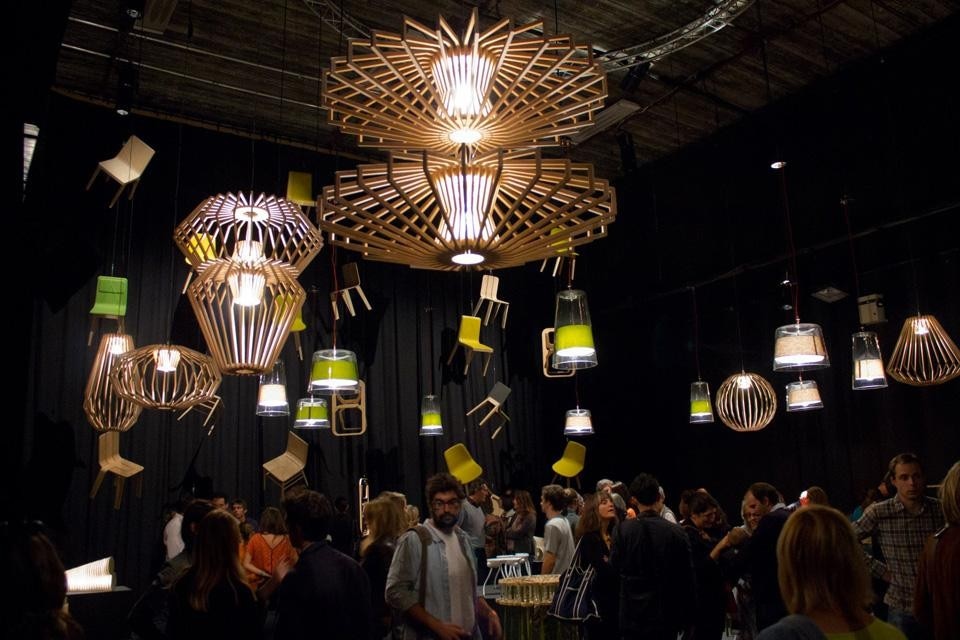Guided by environmental, economic and social sustainability guides, the first results are already visible in many points of the city, and for 2030, Bordeaux aims to become an example for cities around the world. Neighborhoods as the Bacalan — a former harbour area transformed into a young residential neighborhood and core of cultural creation —, or the Bastide-Niel — the city's first ecodistrict, planned by the Dutch firm MVRDV —, are examples of the new Bordeaux, and ongoing experiments to understand the city as a great urban lab.
In order to allow the population to take part and to provide transparency to these processes, it was decided in 2004 to create, under the name of Agora, the first edition of Bordeaux's biennale of architecture, urbanism and design. Eight years later, the event has turned into an international reference, proposing a new leitmotif for debate every edition, and using Bordeaux as a platform for experimentation. For this year's 5th edition, the curator in chief is French architect and anthropologist Marc Barani, who has proposed debating and thinking about the transformation and intervention in urban heritage. Such is a tremendously necessary and complicated topic in a city like this one, with a great abandon of the industrial heritage and the urban center. The topic might be particularly adequate for the majority of the European cities, which today preserve an immense built-up heritage that could possibly be taken advantage of and re-used, but nevertheless the most typical chosen option it is to leave or demolish, in favor of horizontal expansion of low density urban models.
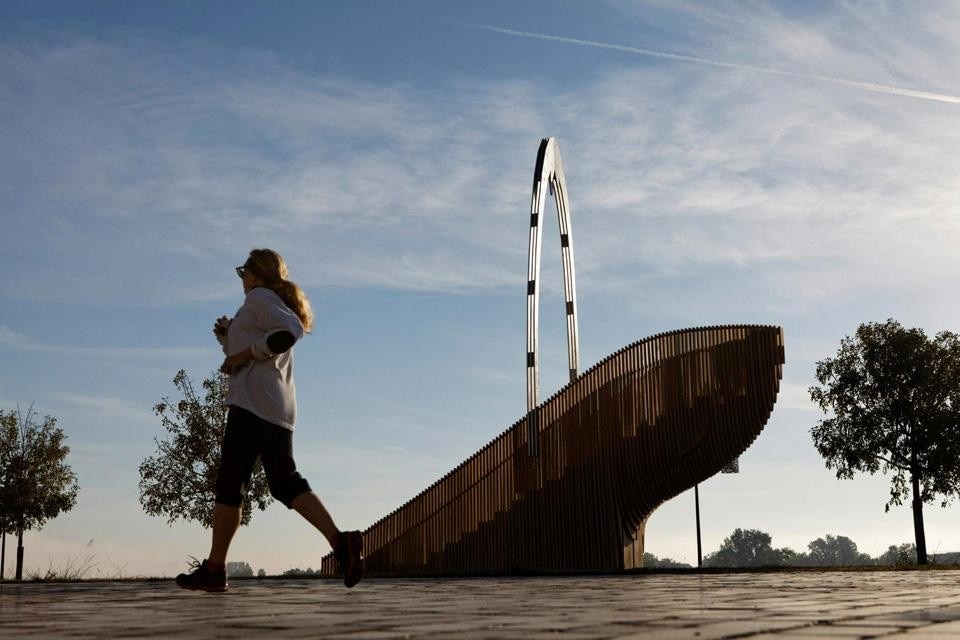
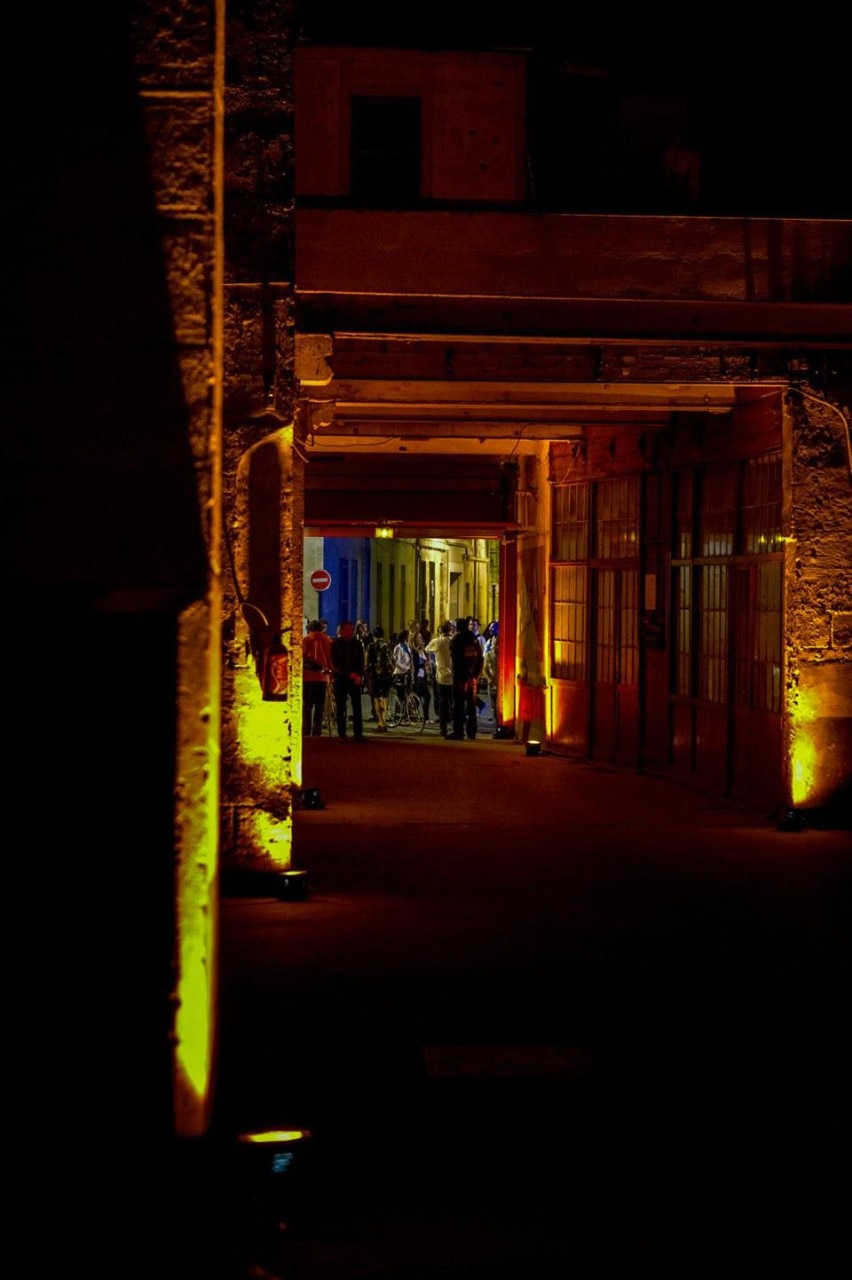
Among the exhibitions inaugurated during Agora — most of which remain on view through the next months —, it is important to highlight the Carlo and Tobia Scarpa retrospective at the Museum of Decorative Arts, featuring an enlightened selection of their most distinguished architecture and industrial design works. Another space of enormous attraction and headquarters of diverse exhibitions is the Base Sous-Marine, a former military base for submarines located in Bacalan's former port neighborhood, which is host to Ici Design's Poussons les murs, and EPFL Lausanne's exhibition of student works.
Every two years Agora's curator selects a topic for the interest of the city, and transforms Bordeaux into a huge urban lab, a hub of ideas where some of the most relevant architects debate about the city's future
